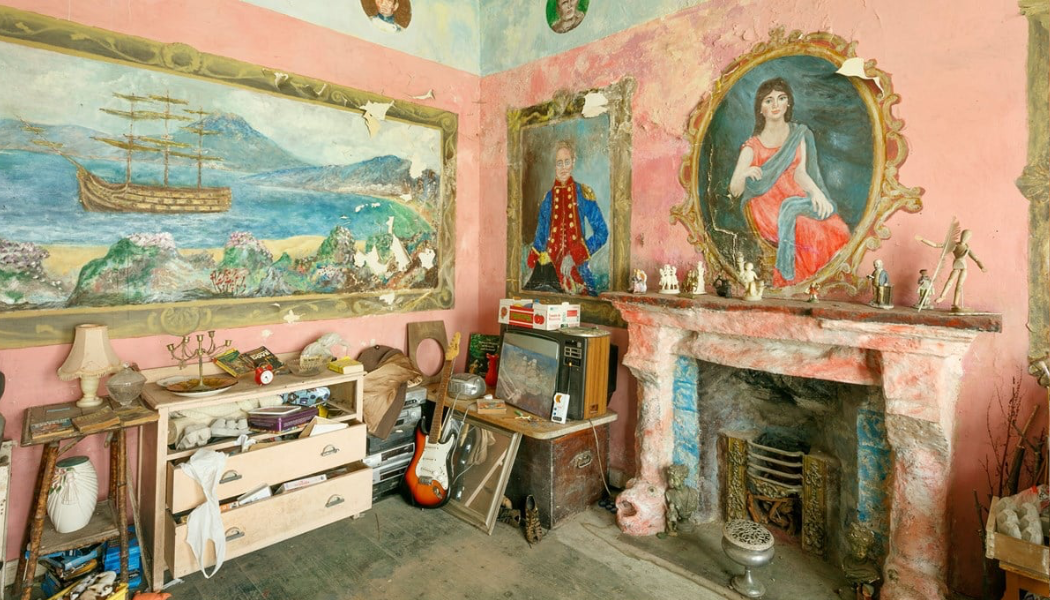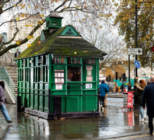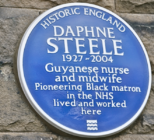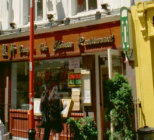An eccentrically decorated ground-floor flat in Birkenhead has become the first example of ‘outsider art’ to be given Grade II-listed status by the government on the advice of Historic England.
Known as ‘Ron’s Place’, the flat was first rented by artist Ron Gittins in 1986. From the moment he moved in until his death 33 years later in 2019, Gittins worked to transform the interior with an extensive and unique decorative approach, featuring paintings, murals and sculptures in an eclectic mix of Egyptian, Greek, aquatic, and naval -inspired themes.
The flat is not the typical Grade II listing; the eccentric interior seems a stretch from the protection recently awarded to 1960’s London phone boxes, a Ukrainian church in Salford, and four gas-powered lamp posts in Covent Garden, installed in 1910.
Does the listing of flat for its mid-80s interior design signal a change to Historic England’s approach? In this case, no change is required.
In its advice to government, Historic England describes the flat as an example of ‘Outsider Art’, which it defines as work often “created without an audience in mind”, and which “goes under a variety of umbrella terms, including Art Brut (raw art), Folk art, Intuitive art/Visionary art and Naïve art.”
Historic England wrote that Gittin’s “abiding passion was for history, especially that of ancient nations, said to have been triggered by a visit to Pompeii as a young man. Upon moving to the flat he combined his innate, and largely untutored, creative abilities with his personal interests”.
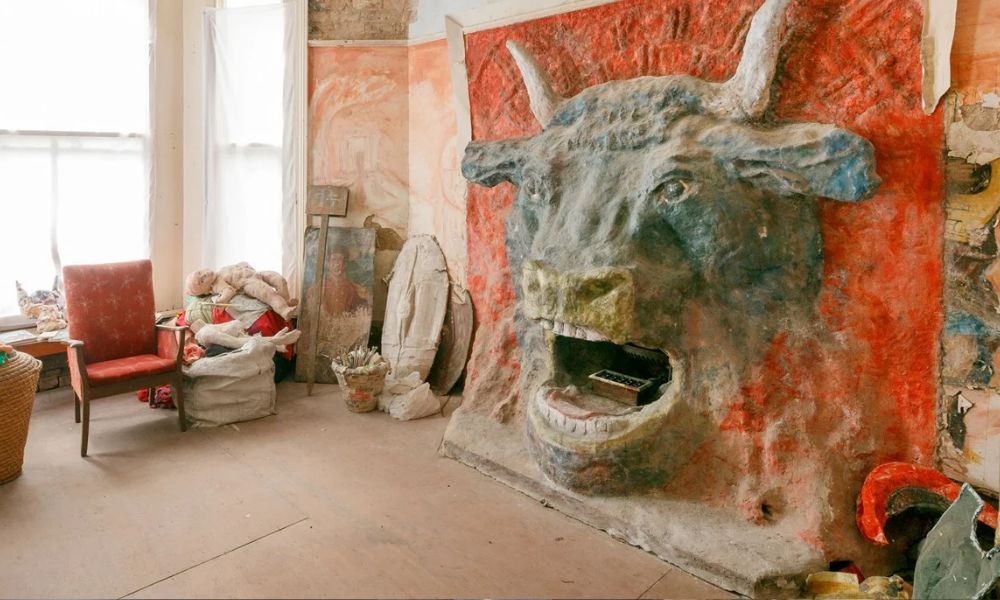
In the case of ‘Ron’s Place’, Historic England said the property met a less common strand of Outsider Art; a “visionary environment”, defined as a physical environment “transformed into an alternative world”, and “outside the influence of the mainstream art world”.
It aid there is “no known direct comparator to Ron’s Place in terms of scale, extent, vision and execution”.
“All examples of visionary environments are by their nature unique and while they share commonalities with each other, Ron’s visions as expressed through his art are unique”, says Historic England’s advice.

“His decorative paintings demonstrate an engaging confidence and clarity of intent, borrowing a classical language and inspiration, and reinterpreting it in a powerfully personal way.”
As Gittins had been at work transforming his flat for all of his 33 years there, the flat also met the ‘30-year rule’; which Historic England introduced in 1987 as the minimum time after which a building – or in this case environment – could be considered for protection.
Historic England told Advisor it was the first ‘Outsider Art’ application that it was aware of, and while it has no specific plans to undertake a project looking at other examples of this type of art, it “will always respond to applications that come in”.
Sarah Charlseworth Historic England’s Listing North Team Leader told Advisor: “We would always encourage people to think more broadly about listing. Listing isn’t just about stately homes and chocolate box cottages.
“The National Heritage List for England should be inclusive and representative of the rich variety of the nation’s heritage. At the same time, in order to be listable a site must fulfil the tests of special architectural and historic interest as set out by the Department for Culture, Media & Sport, and it has to be nationally important.
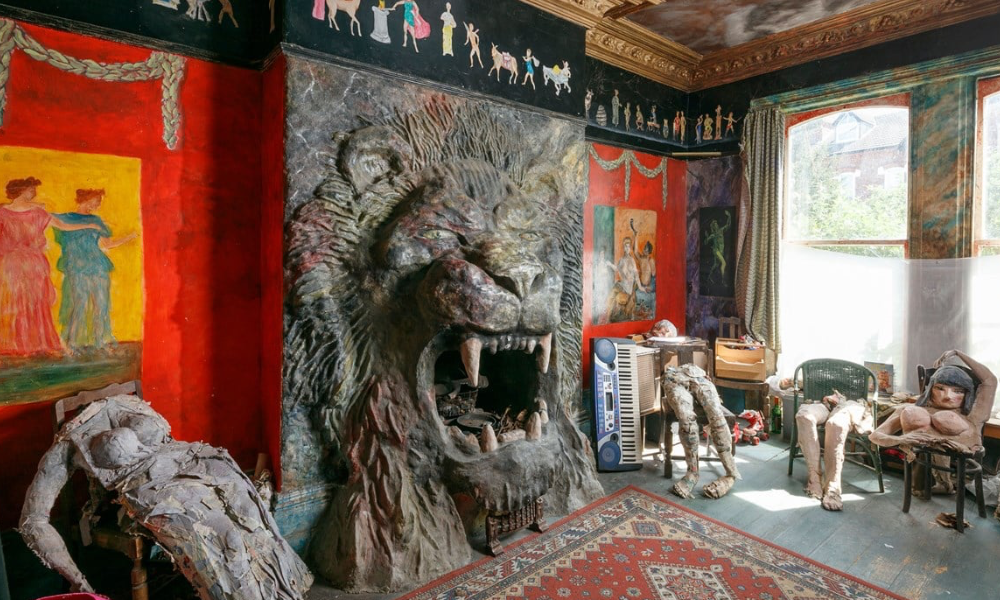
Asked about ‘Ron’s Place’, Charlesworth said: “In terms of what it means for the north west, there’s recognition of the national, and international, importance of the site, and that it really compares well with other protected visionary environments around the world.”
The flat’s journey to being listed began when it was unexpectedly put up for auction early last year.
Campaigning efforts were made to save it from a sale, and this garnered some of the initial press coverage allowing many their first glimpse inside the property.
Last March the building containing Ron’s rented ground floor flat, and all three upstairs flats, was purchased at auction by the Wirral Arts and Culture Community Land Trust (WACCLT), thanks to a last minute gift from the Muller Wimhurst Trust.
Jarvis Cocker, Pulp frontman, is among those to have campaigned for its protection. Now a Ron’s House Patron, he said of the listing “The work of one unique gentleman in the north of England has been recognised nationally. Globally even. Hallelujah!!”
While Ron’s Place is currently closed to the public to allow for essential works which are expected to take around a year to complete, before WACCLT announce its reopening as a listed public attraction.
Charlesworth continued: “[Ron’s Place] is putting Birkenhead’s heritage on the map for something other than the park and the docks, and it’s a really important site culturally – highlighted by the massive campaign to save it.”

